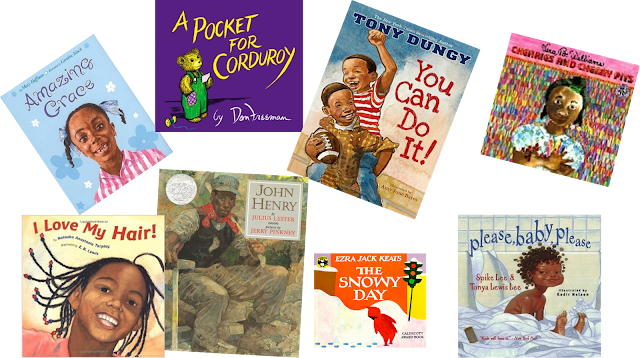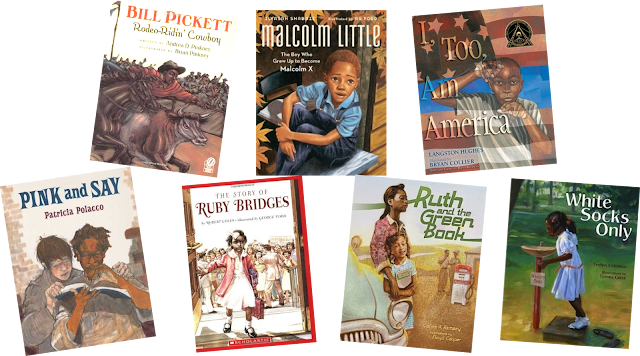As an Elizabeth Acevedo stan, if she writes it, I read it. After reading Elizabeth Acevedo’s Clap When You Land, I became obsessed and had to read everything I could by the author. That led me to this book. This book, The Poet X, comes off as autobiographical and coming of age. It dealt with some heavy topics that teens have to navigate. It was relatable. I loved it!
Summary
The Poet X is the coming-of-age story of Xiomara (pronounced zee-o-mara) Batista, an Afro-Latina, spoken-word poet from Harlem, and her shy, sensitive twin brother.
Xiomara finds herself at the center of nasty rumors that she has done nothing to deserve but develop into womanhood on God’s timing. Her development is the source of her teenage angst.
And so she fights.
She fights for her sensitive twin brother.
She fights for herself.
The Batista twins both hold secrets and look forward to the day they can break free of them. It’s about the complex worlds of teenagers and the adults in their lives (parents and teachers) who just don’t understand.
Xiomara’s devout, conservative Catholic mother’s primary goal is to preserve her daughter’s virtue — even to the detriment of her daughter’s mental health and self-image. Some themes — sexuality, religion, and adjusting to developing bodies are relatable to most girls who grew up in Purity Culture.
The poetry in prose discusses the challenges little girls transforming into womanhood have while navigating this gross society we’ve built for them and the well-intended, poorly executed ways parents call themselves protecting these children. Note: You don’t notice the story is written in poetry.
About the Author
Elizabeth is a New York City first gen, Dominican American Spoken Word Poet. Check Elizabeth’s phenomenal spoken word poem, “Rat Ode,” that she dedicated to a professor who told her rats were not noble enough for a poem. This is the first of Elizabeth Acevedo’s books and is highly lauded as a NYT Best Seller and 2019 Printz Award Winner.
Why I Loved It
I found myself pissed off at the side characters. Like, where did they get off talking to Xiomora like that? The hero me would be telling off everyone — her mama getting the largest piece of my mind. Her daddy needs to deal with too. And the boys in her neighborhood and school need their heads knocked off.
Where are her people? Who is protecting her?
It breaks my heart to hear of parents who call their daughters names. She’s a little girl — Same age as my niece. But this Dominican girl in Harlem is in a big, voluptuous body. And she can’t catch a break.
My heart goes out to the girls whose bodies get attention from men at a young age—especially those with parents who don’t help them navigate the challenges in a healthy, helpful way.
The almost abusive religiosity of well-meaning mothers reminded me that I am Not Your Perfect Mexican Daughter. Xiomora is not your perfect Dominican daughter.
Both mothers destroy a notebook symbolic of their daughter’s spirits. Do these mothers not understand a notebook and understanding parents is the strongest arsenal a girl can have while navigating this challenging transition from childhood to womanhood?
Key Quotes:
“I am the baby fat that settled into D-cups and swinging hips so that the boys who called me a whale in middle school now ask me to send them pictures of myself in a thong.”
“Just because your father’s present, doesn’t mean he isn’t absent.”
“When your body takes up more room than your voice, you are always the target of well-aimed rumors.”
“And I knew then what I’d known since my period came: my body was trouble. I had to pray the trouble out of the body God gave me. My body was a problem. And I didn’t want any of these boys to be the ones to solve it.”
“So many of the poems tonight felt a little like our own stories. Like we saw and were seen. And How crazy would it be if I did that for someone else.”
“Hope is a thing with wings.”
Other Books to enhance your comprehension of this book:
Talking Back to Purity Culture: Rediscovering Faithful Christian Sexuality by Rachel Roy Welcher
Pure: Inside the Evangelical Movement That Shamed a Generation of Young Women and How I Broke Free
I hope you dive into The Poet X like I did and read other books by this author.








